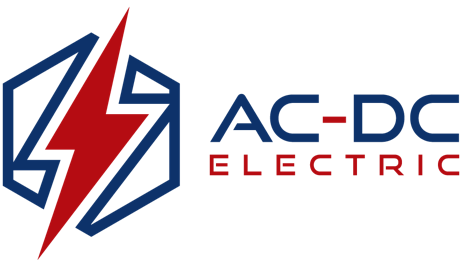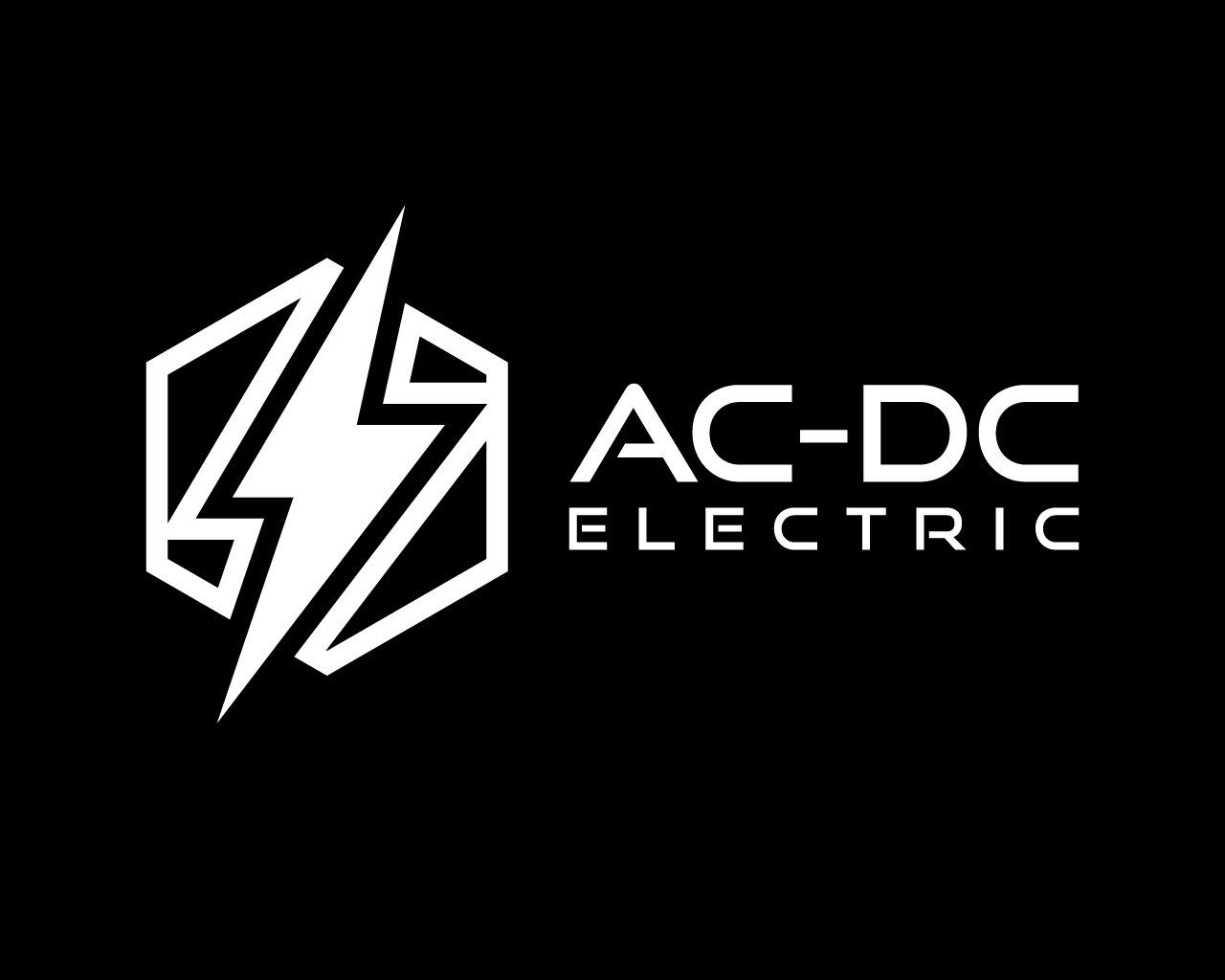Understanding Conduit Bodies and Selecting the Right Type?
Mastering the knowledge of conduit bodies is a fundamental requirement for any professional engaged in electrical work. A conduit body, a type of fitting that facilitates a change in direction, grants access to conductors for maintenance and installation, or links conduit runs, is a cornerstone of electrical installations. These fittings, available in a variety of types such as LB, LL, LR, T, X, and Mogul, each tailored for specific applications and configurations, are the key to a safe and efficient electrical system. The art of selecting the correct conduit body is a mark of professional competence, ensuring the efficiency and safety of an electrical installation.
The LB conduit body, with a cover on the back side, is a versatile choice for a conduit run that changes direction from a horizontal to a vertical plane, especially in tight spaces. The LL and LR types, designed for left and right turns, respectively, offer flexibility in situations where space constraints dictate accessibility from specific sides. The LL conduit body, with a cover on the left side, and the LR, with a cover on the right, provide solutions for conduit runs that need to change direction.
The T conduit body, resembling the shape of a 'T,' is A solution for branching circuits, allowing three conduit runs to be connected at right angles. The X-type conduit body, shaped like an 'X,' is used when four conduit runs intersect, typically in complex wiring systems where multiple connections and changes in direction are necessary.
The Mogul conduit bodies might be required for larger or more complex installations. Mogul types are designed with a larger capacity to accommodate more conductors and provide greater access for pulling and splicing wires. These conduit fittings are ideal for industrial applications where heavy-duty requirements are prevalent.
When it comes to selecting the correct conduit body, the stakes are high. Factors such as the direction of the conduit runs, space constraints, the number of conductors, and accessibility for maintenance must be carefully considered. Each type of conduit body serves a specific purpose, and choosing the appropriate one is not just about efficiency, but also about ensuring that electrical installations are compliant with safety standards. By understanding the various types of conduit bodies—LB, LL, LR, T, X, and Mogul—electrical professionals can make informed decisions that enhance the functionality and safety of their conduit body projects, instilling a sense of confidence and security in their work.
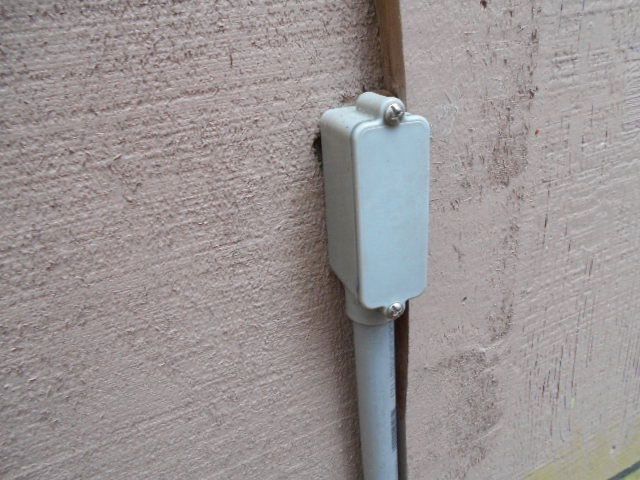
The conduit body is an essential component in electrical conduit systems, serving as a junction point for changing the direction of conduit runs or allowing for easy access to the wiring inside. This fitting is crucial for ensuring that electrical systems are secure and accessible for maintenance or modifications.
What's more, several types of conduit bodies are designed to accommodate different wiring pathways and installation requirements, showcasing their versatility. These include LB, LL, LR, T, X, and Mogul.
The LB-type conduit body is designed with an opening on the back side, which allows for a straight-through path of the conduit run. This type is frequently used where the conduit needs to change direction by 90 degrees.
The LL and LR types are similar in function but differ in the location of their openings; LL has its opening on the left side, whereas LR has it on the right side, making them suitable for different directional changes in the wiring layout.
The T-type conduit body features three openings in a T-shaped configuration, facilitating the branching of conduit runs. The X type has four openings at 90-degree intervals, making it ideal for use at intersections where multiple conduits meet.
For larger and more complex installations, the Mogul conduit body is utilized. It offers more space inside for wiring and is typically used in industrial settings where higher capacity and accessibility are required.
Each type of conduit body plays a critical role in electrical installations, ensuring that the conduit body system remains organized and functional while providing necessary access points for maintenance.
Understanding these types is not just beneficial, but empowering for electricians and installers. It helps them select the appropriate fittings for efficient and safe electrical system design, putting their knowledge and expertise to good use.
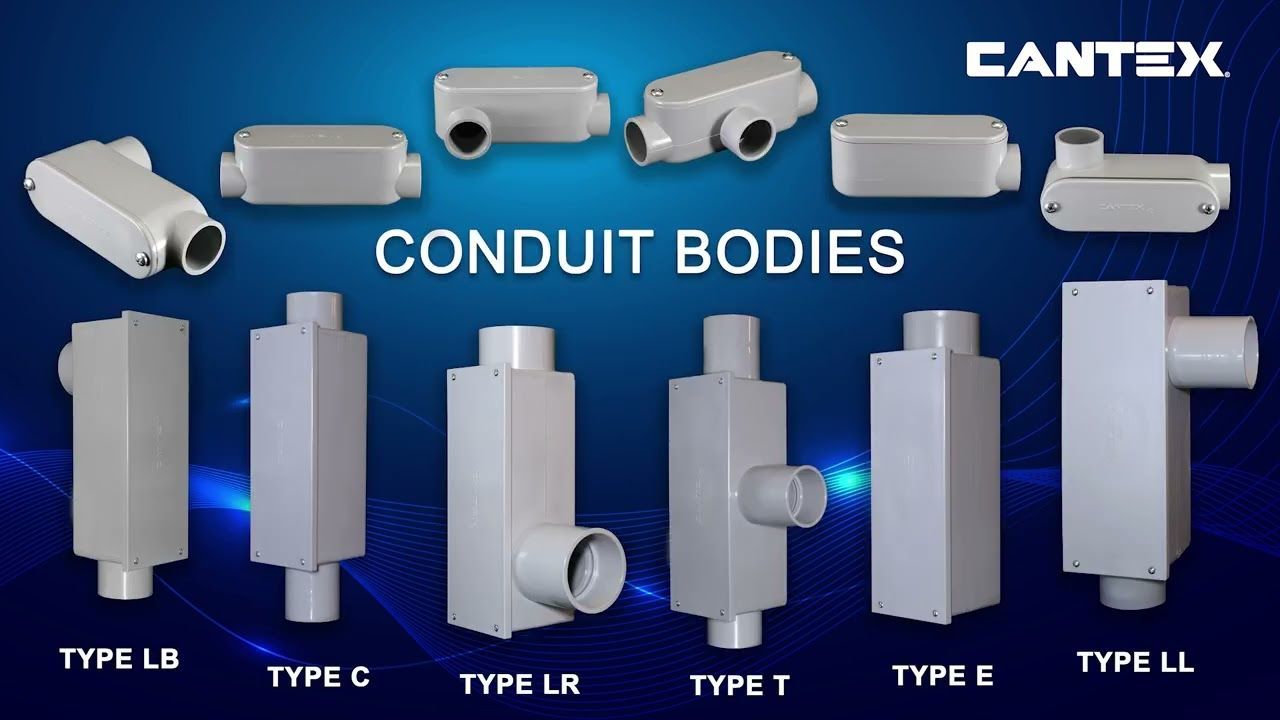
Conduit bodies are essential components in electrical conduit systems, serving as junctions for changing direction and providing access to electrical wires for maintenance and future upgrades. Different types of conduit body configurations are available to suit various installation requirements. Common conduit body types include LB, LL, LR, T, X, and Mogul. Each type offers unique benefits depending on the specific needs of the electrical system.
The LB-type conduit body is widely used for making 90-degree bends in conduit runs, featuring an opening on the back side for easy wire pulling. The LL and LR types are similar to the LB but with the opening on the left (LL) or right (LR) side, respectively. These configurations allow for flexibility in routing conduits around obstacles or fitting into tight spaces. The T-type conduit body has been designed for three-way intersections, enabling a straightforward connection for conduits from different directions.
The X-type conduit body is ideal for more complex intersections, providing a four-way junction that facilitates multiple conduit connections. This type is beneficial in applications where numerous circuits need to intersect at a single point. The Mogul conduit body stands out due to its larger size and capacity. It accommodates more significant conductors or provides additional space for wire splicing and pulling. Mogul types are often used in large industrial settings where higher capacity and accessibility are vital.
Selecting the appropriate conduit body type—be it LB, LL, LR, T, X, or Mogul—depends on the specific requirements of the electrical installation. Each conduit body type offers unique advantages that enhance the efficiency and functionality of the electrical system. Understanding these types ensures electricians can design and implement effective and reliable conduit systems tailored to their projects' needs.
LB Conduit Body: A type LB conduit body has an opening on the back and features two hubs forming an L shape. It is used to change direction at a 90-degree angle, often when routing electrical conduits from exterior walls into buildings.
LL Conduit Body: The LL conduit body has an access opening on the left side, allowing conductors to transition at a right-angle turn. This type is helpful when conduit runs must shift direction to the left.
LR Conduit Body: Similar to the LL but mirrored, the LR conduit body directs conduit runs 90 degrees to the right. The conduit body LR is commonly used where space is limited but wiring needs to change direction.
T Conduit Body (TB Conduit Body): This type has three conduit hubs in a T shape, allowing electrical wiring to branch into two different paths. The TB conduit body is ideal for circuit distribution.
X Conduit Body: With four hubs forming a cross shape, this body enables connections at a four-way junction, allowing conductors to be distributed in multiple directions.
C Conduit Body: The C conduit body is designed with two hubs in a straight line, offering easy access for wire pulling without altering conduit direction.
Mogul Conduit Body: This type has a larger interior space to accommodate multiple conductors and complex wiring configurations. The mogul conduit body is often used in industrial applications.
PVC Conduit Body: When corrosion resistance is a priority, a PVC conduit body is a great choice. These non-metallic bodies are lightweight, durable, and ideal for outdoor or wet locations.
How To Select The Correct Conduit Body
Effective conduit body selection depends on various factors, including the number of conduits, the necessary direction changes, and environmental conditions. If the goal is to transition between walls or make a 90-degree turn, an LB conduit body, LL conduit body, or LR conduit body would be the best choice. In contrast, a T conduit body (TB conduit body) or X conduit body is better suited for junctions where multiple conduits intersect.
Material is another key consideration in conduit body selection. Metallic conduit bodies, such as aluminum or steel, are durable for industrial settings, while a PVC conduit body is better for corrosive or damp environments. Furthermore, specialized bodies, like the mogul conduit body, provide additional space for larger wiring setups.
For scenarios that require a straight connection between conduits, the 1 1 2 LB conduit body or 1 2 LB conduit body is commonly used. Ensuring proper conduit body selection enhances safety and efficiency while maintaining compliance with electrical codes.
Conclusion
The right conduit body is essential for creating a well-organized and functional electrical system. Understanding different conduit body types and how they are used allows electricians to make informed choices. Whether it's a PVC conduit body, a TB conduit body, or a mogul conduit body, careful conduit body selection ensures longevity, reliability, and ease of maintenance.
Our Experience
At AC-DC Electric, we have been offering both residential, commercial & Industrial electrical services for over four decades. Our experience has taught us the best ways to perform various procedures. Our management and staff have seen electric systems evolve over time and have gained a deeper understanding of how they work. Thanks to our experience, we rarely encounter issues that we have never seen before.
Our knowledge
Each of our electricians and technicians is licensed, certified, and trained to provide high quality services. We understand the importance that electric systems play in both residential and commercial properties. This is why we handpick the best staff who are both knowledgeable and have demonstrated their ability in a variety of situations.
At AC-DC Electric, we foster an environment that encourages excellence. You can count on our electricians and technicians to get the job done with both speed and skill.
Our Transparent Pricing
Dealing with an electrical problem at home can be incredibly distressing, and many electricians and companies are willing to exploit people experiencing such issues by charging them high fees. At AC-DC Electric, we strive to provide high quality services at affordable rates. Our electricians’ specialize in Residential, Commercial & Industrial electrical services. We can also offer you a free estimate before you hire us. This ensures you remain aware of how much you will need to pay before using our electrical services.
If you’re ready to tackle your residential, commercial or Industrial property’s electrical problems quickly, please contact
AC-DC Electric today. Our experts are always happy and ready to help residents in Fort Collins, Greeley, Evans, Johnstown, Loveland, Brighton, Commerce City and Denver Call today for a free estimate at 970-330-1656.
Resources:
AerosUSA - Conduit Body Types Explained
https://aerosusa.com/conduit-body-types-explained
Sonic Electric - Guide to Electrical Conduit Fittings
https://sonicelectric.com/blogs/news/a-guide-to-buying-all-types-of-electrical-conduit-fittings
IAEI Magazine - Conduit Bodies and Their Use in Accordance with the NEC
https://iaeimagazine.org/2006/january2006/conduit-bodies-and-their-use-in-accordance-with-the-nec
Consulting-Specifying Engineer - Selecting the Proper Wiring Solutions
https://www.csemag.com/articles/selecting-the-proper-wiring-solutions
Revco Electric - Conduit Bodies 101: Types & Applications
https://www.revcoelectric.com/roller/blog/entry/conduit-bodies-101-types-applications
You might also like


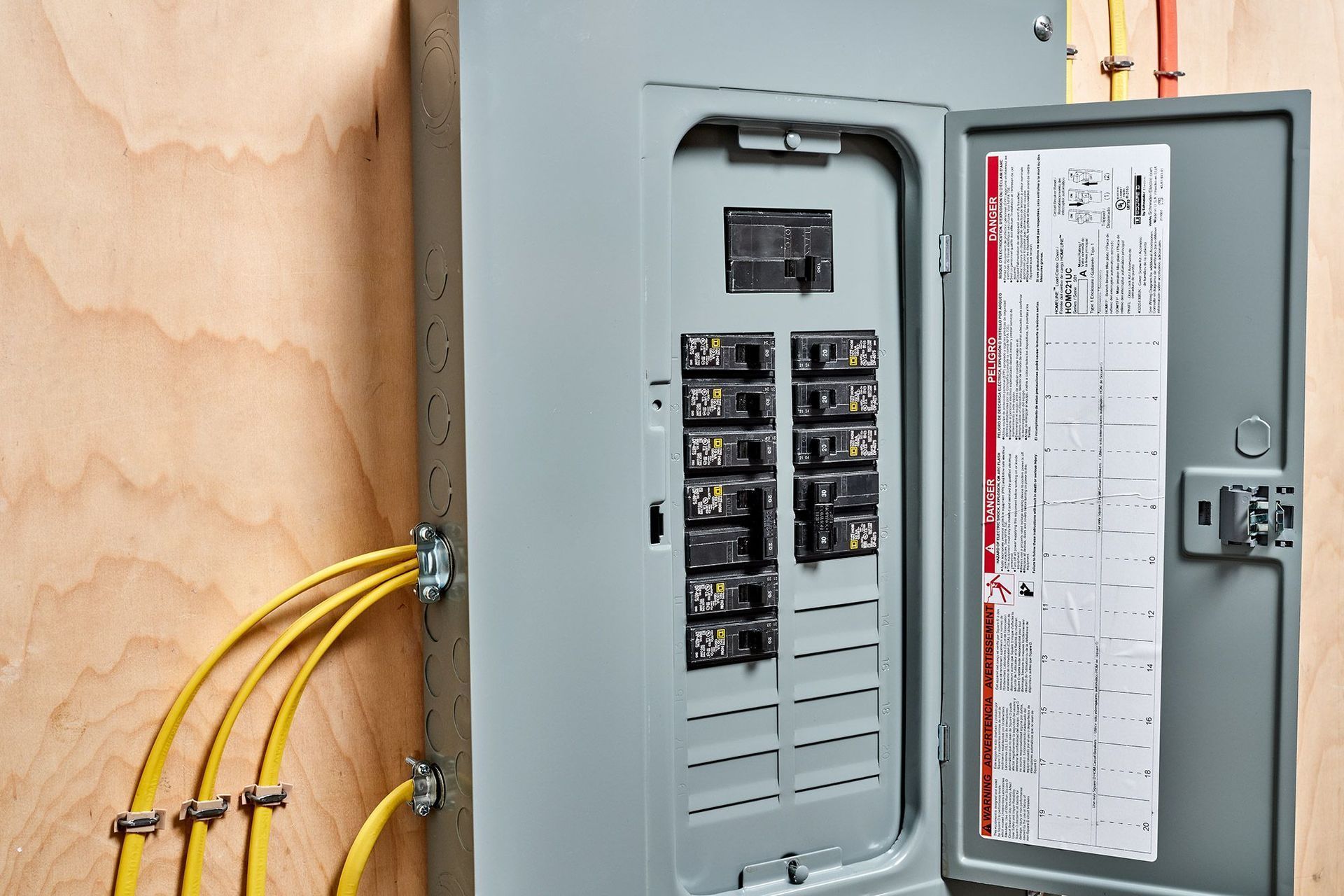
Book a Service Today
We will get back to you as soon as possible
Please try again later
Electric Service Near Me
Generators Repair Near Me
All Rights Reserved | AC-DC ELECTRIC
Website & SEO by Mobile OPZ
